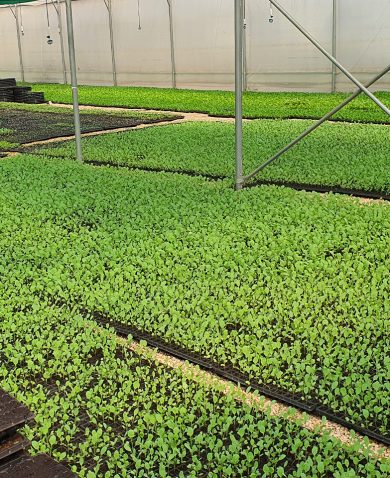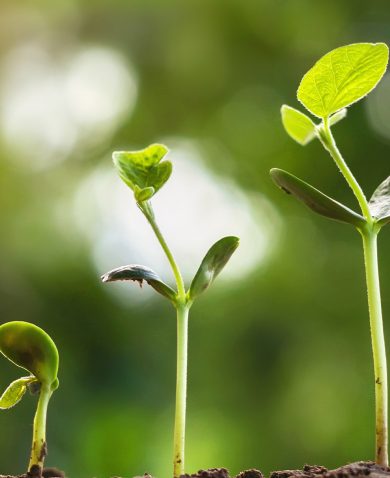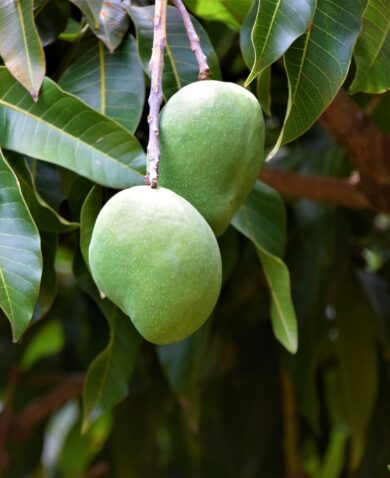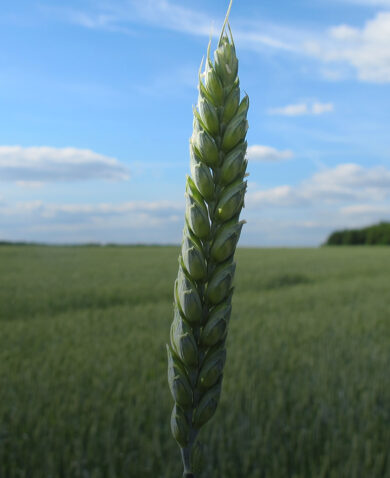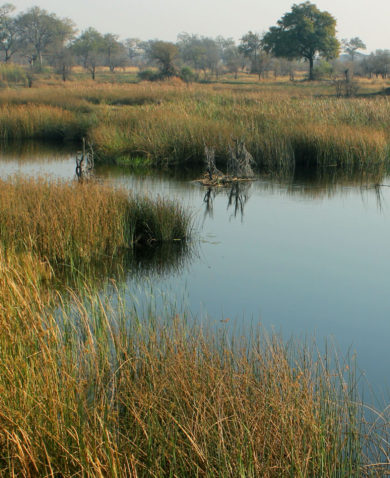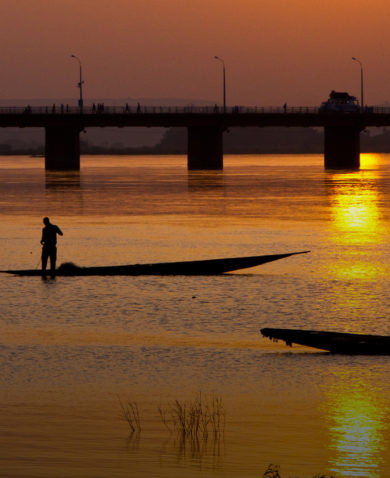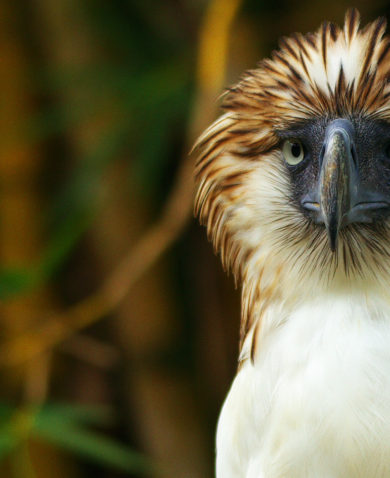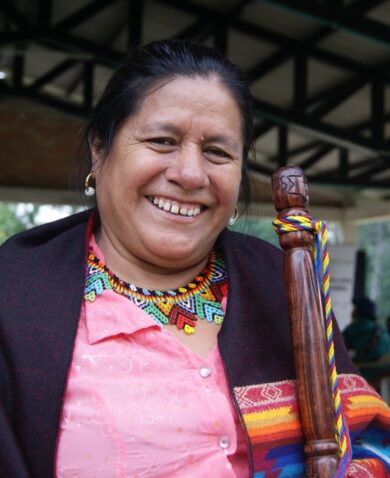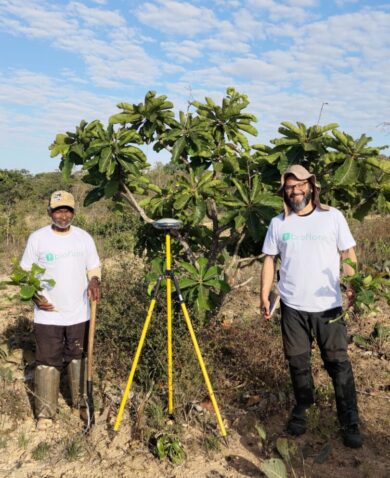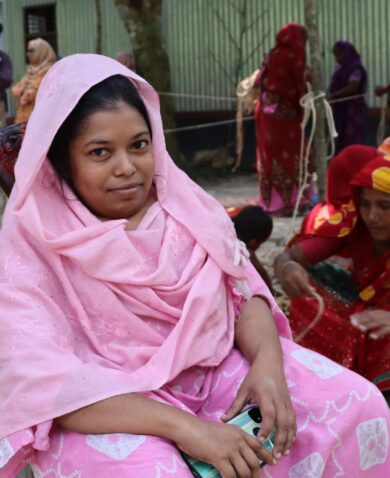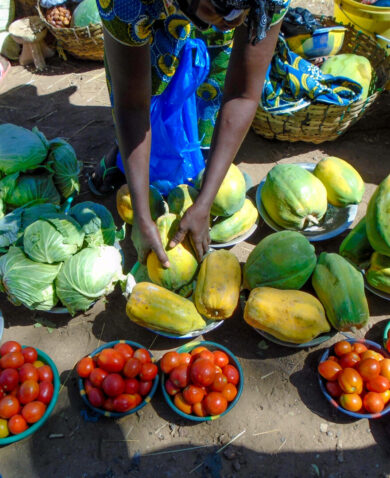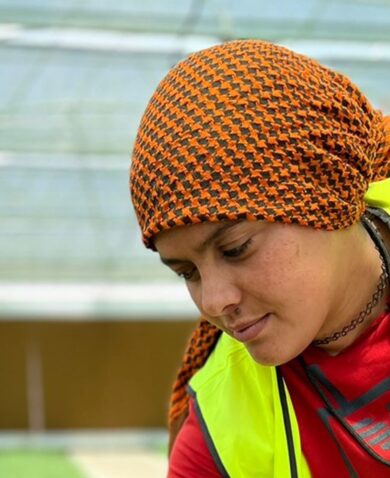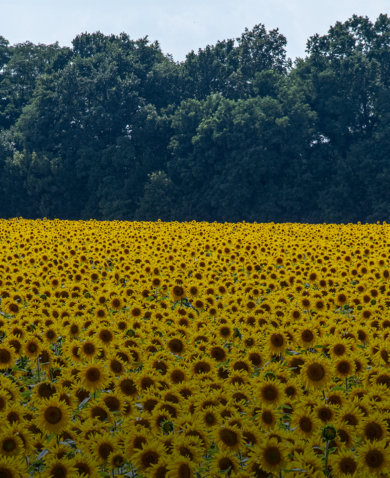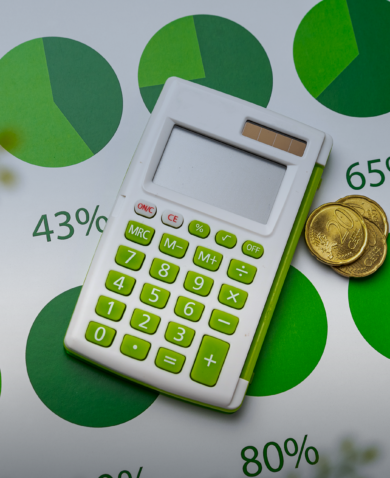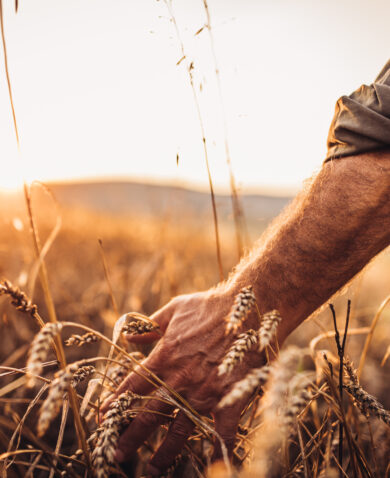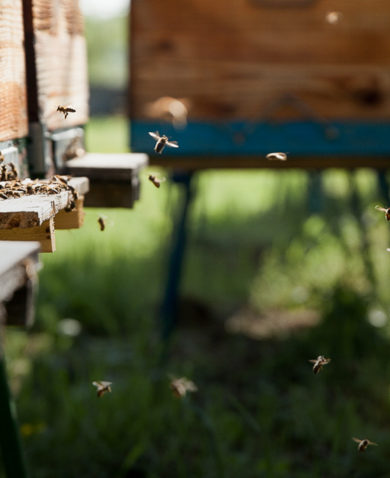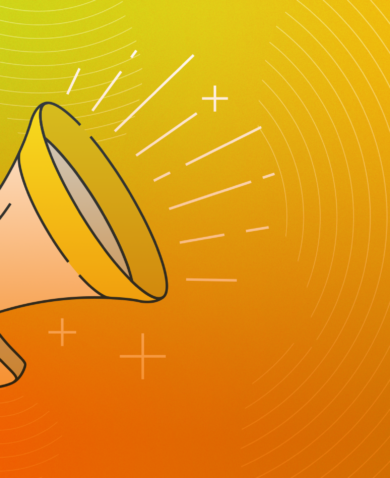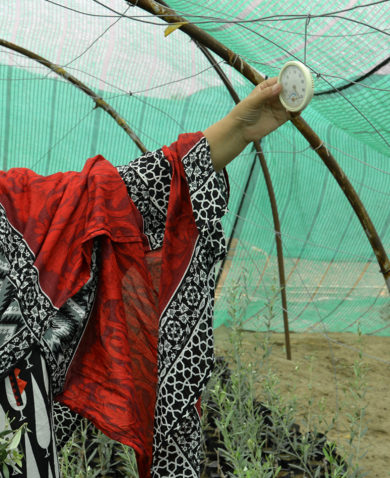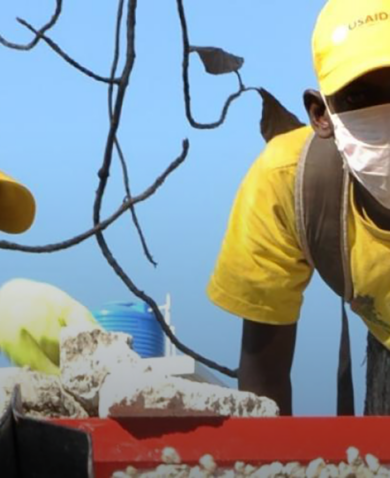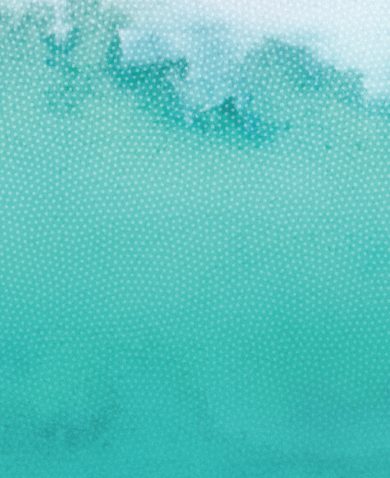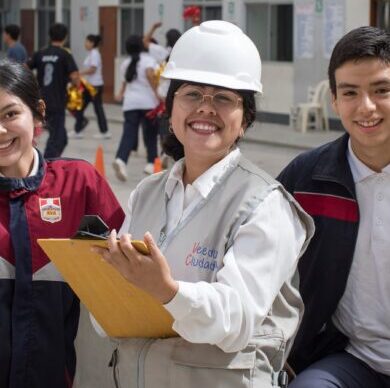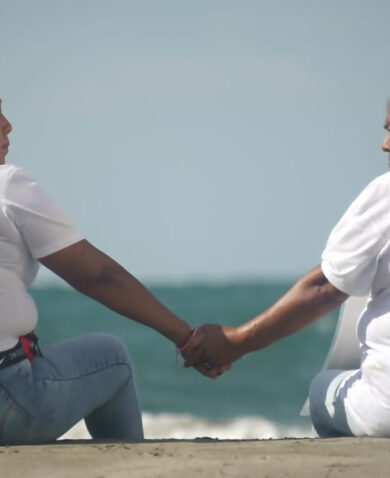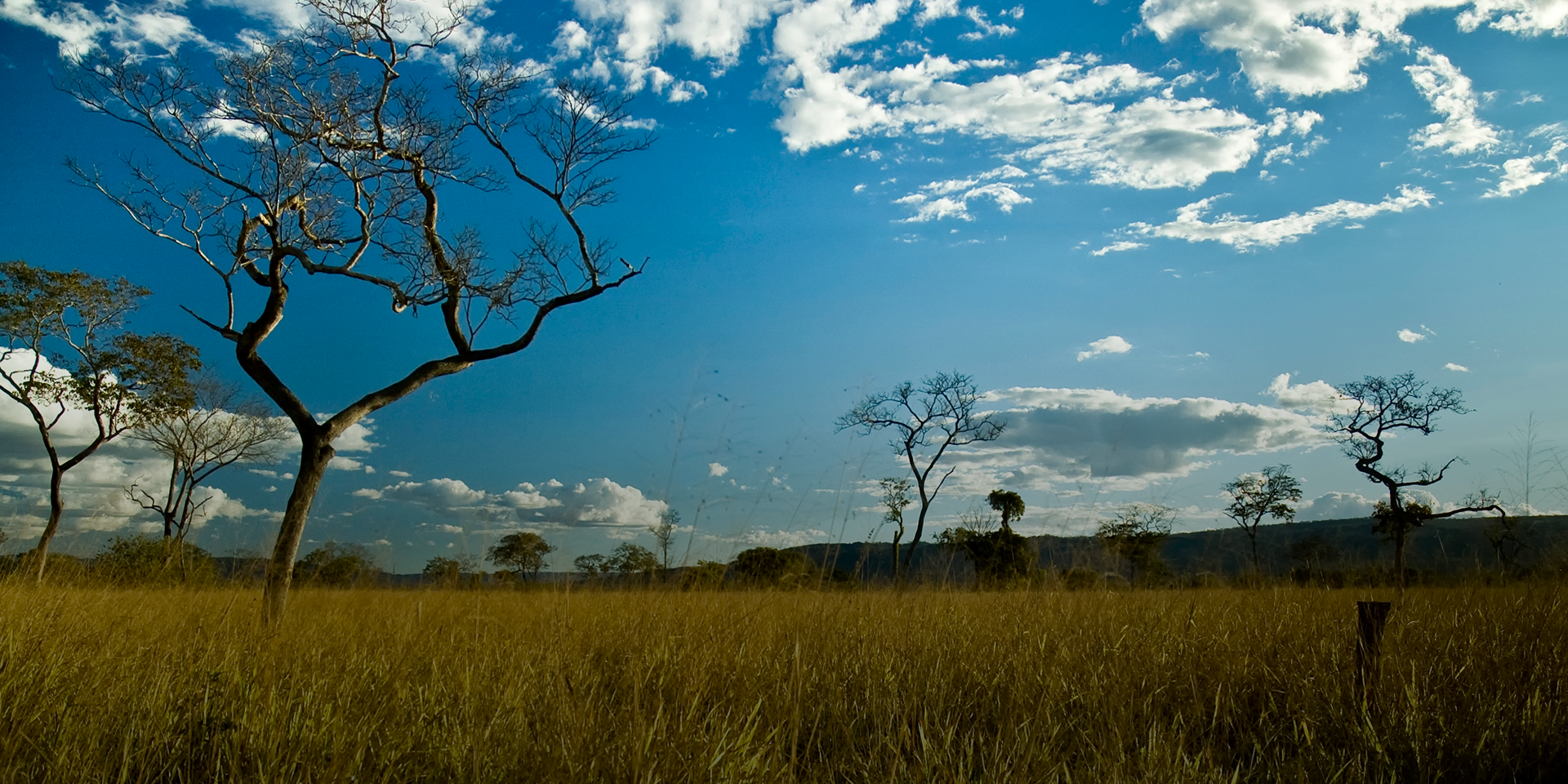
How 58 Policies Are Helping Guide Ecological Restoration in Brazil
December 29, 2021 | 4 Minute ReadA review of 58 Brazilian national and state environmental policies charts a new path for the restoration of natural areas in the Matopiba region of the Cerrado biome, known as Brazil’s new agricultural frontier.
Driven by technological advances in soil management, improved seed quality, and modern farming practices, Brazil experienced an agricultural revolution over the past few decades that has transformed the country’s economy, society, and outlook. Brazil’s Cerrado biome, where the rich farmlands of the Matopiba region are located, illustrate, both the benefits and challenges of this transformation. The second largest biome in South America, encompassing more than 200 million hectares (500 million acres) spanning 11 states in Brazil and the Federal District (Brasilia), the Cerrado’s fertile lands, water availability, and level ground have played a key role in Brazil’s emergence as an agro-industrial leader in the production of soybeans and other crops.
Unfortunately, with the expansion in agricultural output, came the loss of natural habitats. Between 2001 and 2020, the Matopiba region, which includes parts of the states of Maranhão, Tocantins, Piauí, and Bahia, lost 13 million hectares of native vegetation to agriculture and ranching, accounting for approximately 45% percent of all deforestation in the Cerrado biome. Additionally, as reported by Agroicone, at least 137 animal species are threatened and approximately 20% of native and endemic species no longer occur in protected areas.
Recognizing the importance of restoration work in the Matopiba region, the Land Innovation Fund (LIF) funded Agroicone’s analysis of current public policies and initiatives with the goal of informing future ecological restoration efforts. LIF is an initiative supported by Cargill and managed by Chemonics International with the purpose of supporting innovations that will make the soy supply chain free of deforestation and conversion of native vegetation. Agroicone is a Brazilian policy think tank that, among other things, specializes in identifying and scaling innovative solutions to transform Brazil’s agricultural sector.
As stated in the Agroicone report, “An Overview of Ecological Restoration in Matopiba and Public Policy Benchmarking” (the Matopiba study), the aim of the study is to inform the development of new public policies and projects for ecological restoration, presenting an overview of restoration in the Matopiba region with information about the current situation and its challenges. It also does a benchmarking of government initiatives on restoration that can be used as references of good practices to address those challenges. The analysis was conducted based on surveys, interviews, and consultations with experts from public agencies, civil society organizations, and businesses that work with restoration.
Assessing the Matopiba Region:
The Matopiba study reviews, analyzes, and benchmarks 58 public initiatives (12 policies, 23 programs, and 23 projects) related to ecological restoration in 15 states and the Federal District (Brasilia). The study defined 13 activity areas and assigned each initiative to one or more of them. These activity areas included, among others, environmental education, technical assistance and training, monitoring, financing, compliance with existing regulations, and integrated agro-forestry activities.
This is the first time that public policies, programs, and projects that deal with ecological restoration were analyzed together to develop a comprehensive picture of the situation. This analysis offers valuable and previously unavailable information regarding what exists, what works, where the gaps and inconsistencies are, and what else stakeholders might be able to try.
The study, as an analysis of best practices, is expected to help set an agenda and formulate nationwide public policies for restoration, applicable to the Matopiba region. The study also noted a need to improve the entire restoration production chain, with the participation of diverse social actors and sectors, including government, farmers, cooperatives, technical consultants, NGOs, and research institutes.
“We want this to be just the starting point for ongoing surveys of similar initiatives,” said Laura Antoniazzi, the project’s coordinator and partner at Agroicone. “We know the information is dynamic and the analysis can be expanded into a permanent learning and collaboration environment for policy makers in Matopiba.” In addition to serving as the foundation for immediate next steps, the Matopiba study can also be used as a starting point for any government interested in learning what was done elsewhere and designing public policies tailored to the ecological restoration needs and priorities in their respective jurisdictions.
Misalignments, Gaps, and Bottlenecks:
The study stressed that restoration requires the elimination of misalignments and gaps in existing public policies be they incongruent policies, vague or otherwise unclear statutes, as well as inconsistencies between laws and regulations, the mechanisms to enforce them, and the capacity to monitor their implementation. One particularly important example is the slow pace of enforcement of the new Forest Code at the state level, which is the most important piece of legislation for restoration work in Brazil. Clearer legislation, with effective monitoring and enforcement, is fundamental for environmental ecological restoration to work.
The study highlighted the need for greater collaboration among various public agencies and regional actors to bridge the gap between the design and enactment of policies and regulations, with their implementation in the field. This gap is exacerbated by the limited technical capacity of many of the actors involved in ecological restoration because of the lack of adequate professional training opportunities. Therefore, in the coming months, Agroicone in partnership with governments and local organizations, will hold training workshops in the states of Tocantins and Maranhão, and will coordinate a review of the ecological restoration guidelines of the state of Bahia, which could serve as a technical reference for the region and perhaps even for the country.
Finally, the Matopiba study highlighted the importance of public-private collaboration in the advancement of a robust ecological restoration agenda. Strong external support of public policies for restoration has proven to be effective at integrating complementary actions ranging from field work, capacity building, and developing the regulatory framework to achieve meaningful results. While these efforts have shown the transformative potential of the collaboration between government agencies, international donors, civil society, and the private sector, they have made it clear that the paucity of public funding to advance this important work remains a critical bottleneck.
In Conclusion:
Though it offers excellent insights and identifies important action items, the Matopiba study is best viewed as a starting point for future studies and initiatives. Further, it is important to understand that ecological restoration in Brazil depends heavily on public sector commitment and that policies still need to be further developed and coordinated.
Still, as the Matopiba study shows, it is possible to establish good exchanges in practices for public administration, thus learning from other experiences, saving time, and resources. Finally, ecological and productive restoration can combine environmental benefits with socio-economic gains. Creating such a culture among rural producers is one of the great challenges of Brazilian agriculture today.
Banner image caption: Twisted and small trees in a typical field of the Brazilian cerrado.
Posts on the blog represent the views of the authors and do not necessarily represent the views of Chemonics.





